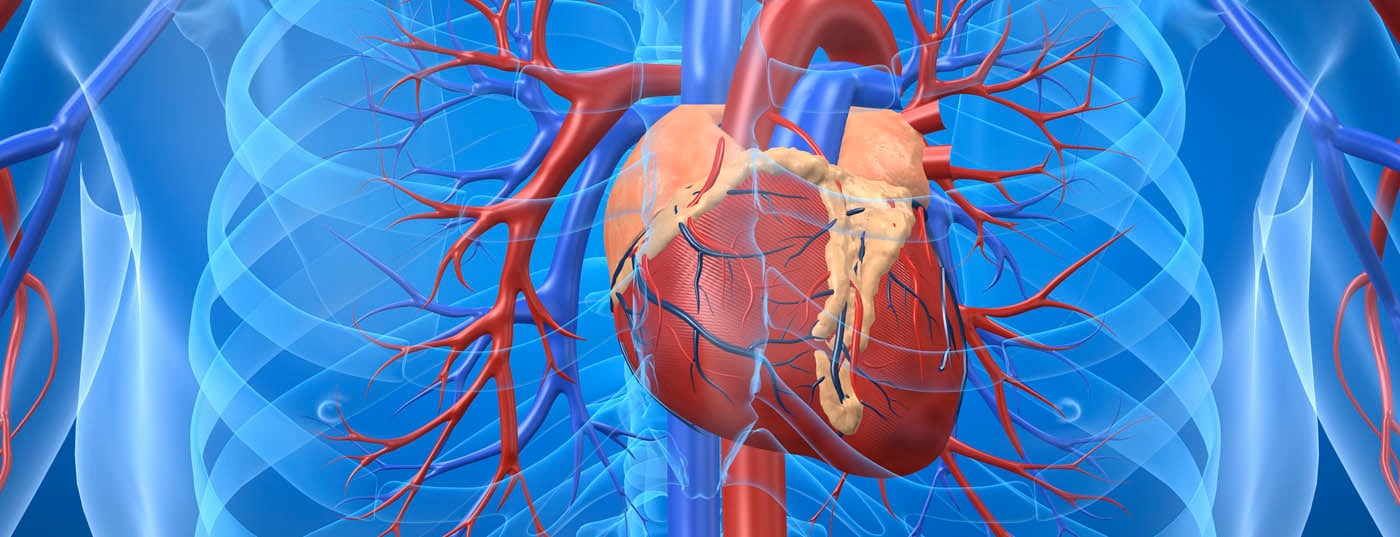Groundbreaking findings found their way to the American Heart Association’s Scientific Sessions 2022. For example, for the first time, transthyretin amyloidosis with cardiomyopathy (ATTR-CM) has been successfully treated in vivo using CRISPR/Cas9 gene scissors. However, other new research results were also inspiring.
Nanoplastics (NP) are now widely recognized as a major component of environmental pollution. However, the effects of nanoparticles on the cardiovascular system have not been adequately studied. NPs are known to trigger premature endothelial senescence and dysfunction via a redox-sensitive signaling pathway. In addition, there is growing evidence that SGLT2 inhibitors have a protective effect against the development of severe cardiovascular disease. Therefore, the aim of this study was to investigate the role of SGLT2 in premature endothelial senescence and dysfunction induced by NPs and, if so, to evaluate the effect of SGLT2 inhibition [1]. For this purpose, porcine coronary artery (PCA) rings and cultured endothelial cells (ECs) were exposed to NPs in the presence or absence of an SGLT2 inhibitor, and the level of SGLTs expression, senescence-associated beta-galactosidase (SA-β-gal) activity, senescence markers, oxidative stress level, and vascular function were assessed. Exposure of PCAECs to NPs resulted in significant upregulation of SGLT2 expression and increased SA-β-gal activity, one of the major senescence markers. SGLT2 inhibition significantly reduced the NPs-induced increase in SA-β-gal activity in PCA and PCAECs. Moreover, it prevented NPs-induced upregulation of senescence markers that promoted inhibition of ECs proliferation. The results suggest that the premature endothelial senescence and dysfunction induced by NP is associated, at least in part, with upregulation of SGLT2. Therefore, SGLT2 could be a potential target for prevention and/or treatment.
Relationship between risk alleles for NAFLD and atherosclerosis.
Risk variants of nonalcoholic fatty liver disease (NAFLD) are associated with lipid metabolism. However, the relationship between these variants and atherosclerosis has not been fully investigated. For this purpose, a total of 1050 Japanese men and women who did not have cardiovascular disease, dyslipidemia, hypertension, or diabetes were studied [2]. Among NAFLD risk SNPs, variants of patatin-like phospholipase domain 3 (PNPLA3), transmembrane 6 superfamily member 2 (TM6SF2), glucokinase regulator (GCKR), and neurocan (NCAN) were examined. In addition, total cholesterol, low-density lipoprotein cholesterol (LDL-C), small-density LDL-C, LDL triglycerides, high-density lipoprotein cholesterol (HDL-C), HDL3-C, triglycerides, residual particle cholesterol, lipoprotein(a), and adiponectin were measured. Carotid intima-media thickness (cIMT) was determined both at baseline and after five years. Atherosclerosis was defined as a cIMT greater than 1.1 mm or the presence of a plaque. Univariate and multivariate analyses as well as chi-square and Fisher exact tests were performed to elucidate the associations between NAFLD risk SNPs, lipoproteins, and progression of atherosclerosis.
Both median and maximum cIMT of total participants did not differ between baseline and five-year follow-up. Among participants without atherosclerosis at baseline, the rate of plaque development was 13.8%, with the major allele (CC) of NCAN being significantly higher than other alleles. Variants of NCAN were associated with the development of plaque. Variants of PNPLA3, TM6SF2, GCKR, and NCAN were not associated with changes in lipoproteins.
STEMI in acquired hemophilia A.
Thrombotic events are a rare complication of recombinant activated factor VII (rFVIIa) therapy in patients with hemophilia (PWH). A 71-year-old man with noninvasive urothelial carcinoma of the right ureter, hypertension, diabetes mellitus type 2, hyperlipidemia, and nonobstructive coronary artery disease presented for elective robotic distal right ureterectomy and ureteral reimplantation. After the procedure, he had persistent hematuria. Subsequent testing for coagulopathy revealed acquired FVIII deficiency. He received FVIII replacement therapy but did not respond due to high FVIII inhibitor levels. His coagulopathy partially improved after treatment with rFVIIa. Unfortunately, the patient developed ST changes on telemetry. The 12-lead ECG showed ST elevations in leads II, III, and aVF. Echocardiogram showed hypokinesis of the inferior wall and preserved ejection fraction. An inferior ST-segment elevation myocardial infarction was diagnosed; fortunately, the patient was only mildly symptomatic. His peak troponin I value was 48 ng/ml. After multidisciplinary discussion, rFVIIa was discontinued because it can promote thrombosis. Neither therapeutic anticoagulation nor coronary angiography was performed because of the risk of bleeding. The patient completed his inferior infarction without complications. His ureteral bleeding had also stopped despite maintaining rVIIa.
Acquired hemophilia A (AHA) is a rare entity that occurs in individuals without a history of bleeding disorders and in which autoantibodies are directed against coagulation factor VIII. rFVIIa is a bypass agent approved for the acute management of hemorrhage and the perioperative course in AHA. Thrombotic complications are rare, but their management is challenging.
Congress: American Heart Association (AHA) Scientific Sessions 2022
Literature:
- Dhakal B, Shiwakoti S, Ko JY, et al: Protective Effect of Inhibition of Sglt2 on Nanoplastics-Induced Premature Endothelial Senescence and Dysfunction. Abstract 10442. AHA 2022.
- Ikezaki H, Schaefer EJ, Murata M, Shimono N: Association Between Nonalcoholic Fatty Liver Disease Risk Alleles and Atherosclerosis. Abstract 11228. AHA 2022
- Yabut J, Vankina R, Kumar S, Meng J: Acquired Hemophilia A and STEMI: A Management Dilemma. Abstract 10162. AHA 2022.
CARDIOVASC 2022; 21(4): 42











